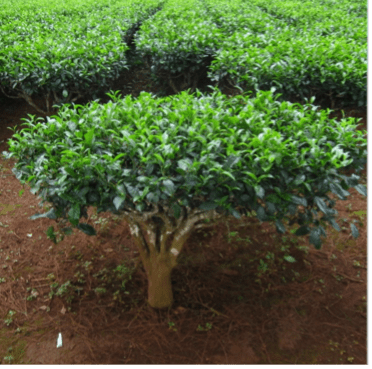Many people apply the word “tea” to a broad category of hot or cold, plant-based beverage. The English refer to tea strictly as a beverage based on the leaves of the tea plant Camellia Sinensis.

Who is right? I am not sure it is so important who is right. Drinking tea – as a Swiss, I use it in the broad sense – is more about the enjoyment of a cup consumed alone in tranquillity or shared with friends. The ritual of preparing it, smelling the tea leaves, and then tasting it. The experience is probably not much different to drinking a cup of good coffee or a glass of wine. For this experience, it does not matter whether the ingredients are from the tea plant rosehip or mint.
During the 17th century, it became fashionable to drink tea in England. The massively increasing consumption led them to explore places to cultivate the tea plant closer to home. Originally, imported from China, they found that the tea plant could be cultivated in India, as well. This bore economic advantages: Shorter transport and growth in their colony.
The English shaped the meaning of the word tea – a hot or cold beverage based on the leaves of the plant Camellia Sinensis. But this beverage was already known 2,000 years ago in China. How do the Chinese refer to it? “Cha” is the character used in China for tea (茶). The usage of the word Cha is pretty much how we use the word tea in Switzerland today: The attribute of the word tells you whether it is a green tea, a mint tea, or a black tea.
Tea from other plants is usually referred to as infusions or herbal teas.